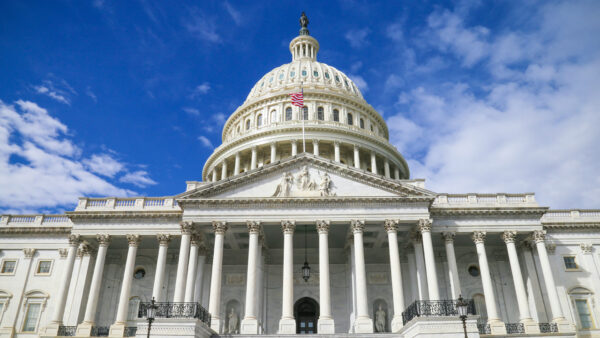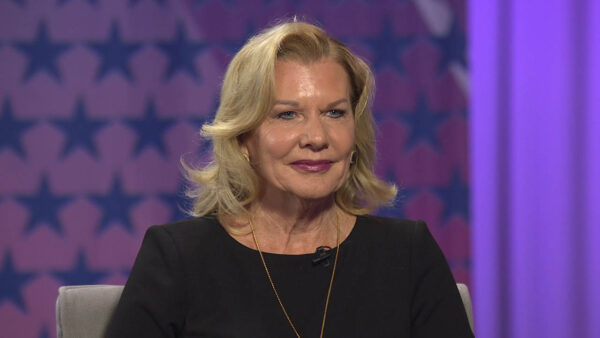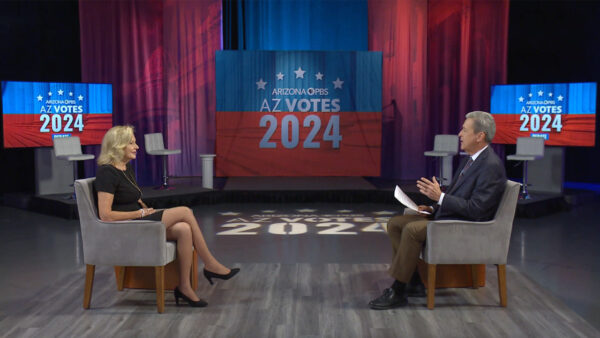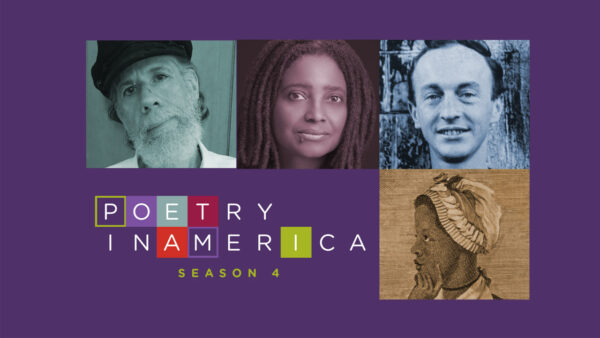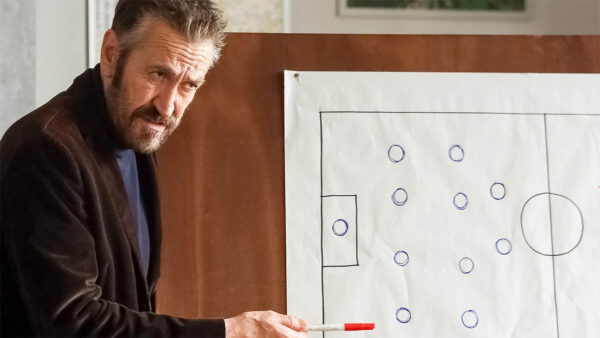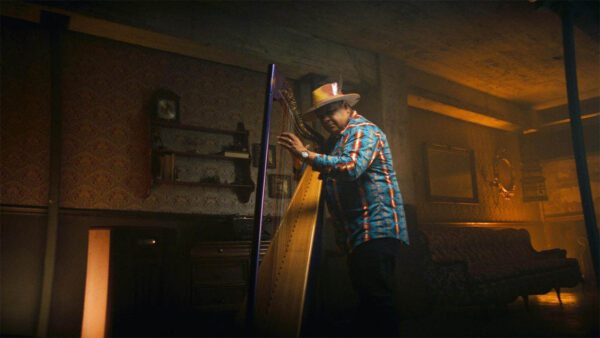
Physics of snow: Winter magic in the classroom
Jan. 16
Happy New Year, Superheroes! Before I moved to Arizona, I always pictured sweltering heat, dry deserts, and lots of cacti. But guess what surprised me? Snowflakes actually make surprise appearances, turning parts of this desert into a winter wonderland! Now I’m on a mission: to bring the magic of snow into my classroom. However, living in an area where snow’s a rare sight, I had to plow through (pun intended!) to find some seriously cool ways to infuse snowy vibes into our learning space.
Whether you’re in the heart of the desert or surrounded by snowy landscapes, come join me on this adventure as we discover three ways to sprinkle a bit of that snow magic into our classroom.
Unwrapping snow’s effect on the environment
Kick off this adventure by getting hands-on with ice cores. Student Scientists create these frozen records to uncover the secrets of past climates and make claims about the amount of snowfall during specific years. But wait, there’s more to these icy time capsules! Students can also dig through real data to gain a deeper understanding of how ice cores aren’t just relics of the past; they’re powerful tools used to tackle modern-day climate change challenges head-on.
What do the Sierra Nevada Mountain Range and California’s water supply have in common? You guessed it: snow! NASA’s Exploring Climate Science curriculum is filled with engaging activities, assessments, and projects designed to transform your students into snowfall superheroes!
Modeling the mathematics of snow
The Snowflakes Task isn’t your average math lesson. It’s an exciting exploration of the geometry hidden within snow crystals. Students dive into a purposefully designed task, analyzing five meticulously chosen snowflakes. Using geometric principles like symmetry and angles, students craft a mathematical model that could be used to analyze other snowflakes. This hands-on experience is a real-world gateway to uncovering weather patterns, assisting meteorologists in forecasts, and even measuring snow accumulation, a vital element in assessing avalanche risks.
Speaking of avalanches, did you know they’re not just random natural events? They result from a complex interplay of various elements. Why not encourage your mathematicians to utilize their math modeling skills to predict the occurrence and reasons behind avalanches? Check out the University of Cambridge’s Avalanche! Activity for some inspiration.
Exploring the physics of snow
If you are a Physics or Physical Science Teacher looking for a simple inquiry-based investigation, look no further than this free resource created by It’s Not Rocket Science.
In this engaging inquiry-based activity, Baby, It’s Cold Outside, your Physics or Physical Science students will dive into the principles of insulation by creating a festive insulator for a cup of ice water. Through hands-on experimentation and collaborative group work, students will not only construct an insulator but also develop critical thinking skills, apply scientific reasoning, and enhance their understanding of how materials affect thermal energy transfer. Access their winter science activities and many others for free.
Get ready to propel students’ understanding of projectile motion by creating their very own snowball launchers. By experimenting with angles, forces, and velocities, your students will explore projectile motion, gain practical insights into these fundamental physics concepts, and observe the principles of momentum in real-time. Don’t forget to put those snowball launchers to the test using real snow or crumpled-up paper for an engaging exploration of physics!
The magic of winter isn’t confined to snowy landscapes alone. Whether you find yourself surrounded by desert cacti or in a winter wonderland, there’s always a way to bring a touch of snow’s magic into the classroom.
How will you bring the magic of snow into your classroom? Let us know at Arizona PBS KIDS on Facebook!
About the author
Ashley Burkart is a Senior STEM Teacher at Bioscience High School in Phoenix. STEM research was her first passion as she holds a Masters in Biomedical Science from Midwestern University. When she isn’t teaching tomorrow’s leaders, she is either hanging out with her dogs, Raven and Bailey, or hiking the beautiful mountains of Arizona.









